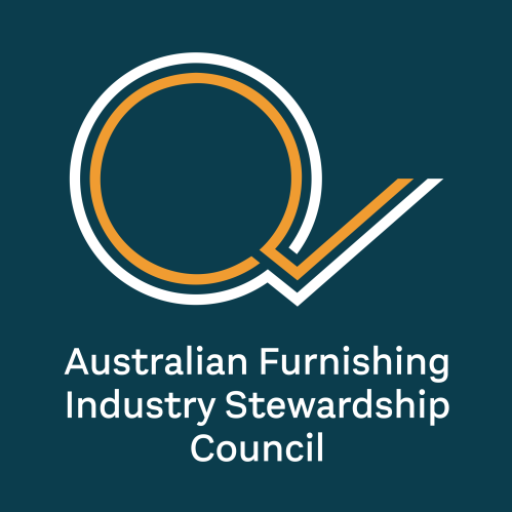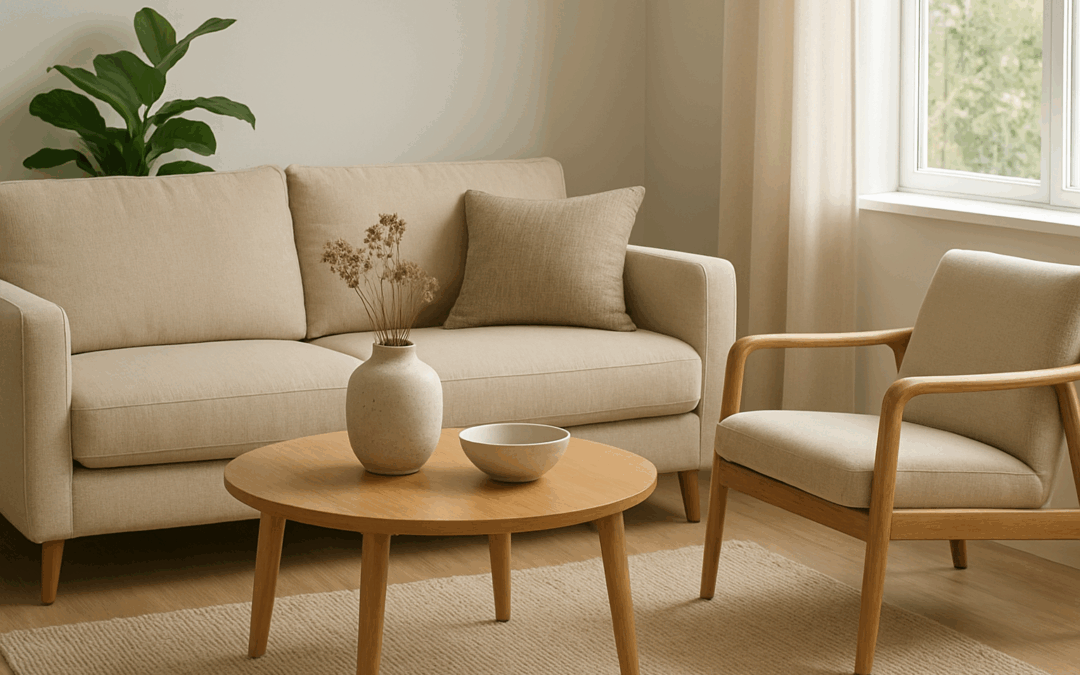Published in The Guardian – by Koren Helbig, May 2025
Read the full original article here
We’ve all heard of fast fashion – but the same phenomenon is quietly reshaping our homes: fast furniture. Cheaply made, mass-produced and often discarded within just a few years, fast furniture carries hidden costs for both the environment and our health.
Toxic “forever chemicals” (PFAS) and volatile organic compounds (VOCs) have been found in some low-cost products, while mountains of discarded furniture end up in landfill each year. In fact, Australia generates 30,000 tonnes of commercial furniture waste annually, with an estimated 95% going straight to landfill.
So, how can Australians furnish their homes without falling into the fast furniture trap?
1. Choose Secondhand First
Secondhand furniture is one of the most sustainable and affordable ways to furnish a home. Buying pre-loved items not only keeps them out of landfill, but also avoids the emissions, chemicals and raw materials tied up in new manufacturing. Online marketplaces, op-shops and vintage dealers all offer durable, character-filled pieces at a fraction of the cost of new.
2. Prioritise Natural Materials
Plastics and synthetics shed harmful microplastics into the home, while that “new furniture smell” is actually VOC off-gassing. Instead, choose solid timber, wool, linen, and other natural fibres. While these can be expensive new, high-quality secondhand options are widely available – often built to last for decades.
3. Look for Certifications When Buying New
When secondhand isn’t an option, third-party certification is key. AFA CEO Patrizia Torelli recommends looking to:
· Good Environmental Choice Australia
· FurnTech’s Green Tick
· B Corporation certification
These standards help verify sustainability claims and ensure consumers know what materials and chemicals are present. Recent reports have highlighted the risks of coatings, fumigants, glues and flame retardants, some of which contain harmful substances like formaldehyde and PFAS. Encouragingly, many reputable Australian-made products are now moving away from these chemicals, offering safer alternatives than some imported goods.
4. Ask the Right Questions
Before buying consider:
· Was it made locally in Australia?
· Is it built from renewable or recycled materials?
· Can it be repaired or refurbished easily?
· What are its end-of-life options (recycling, reuse, take-back programs)?
Some leading brands already offer repair services and refurbishment schemes. Looking ahead, the AFA and the Australian Furnishing Industry Stewardship Council (AFISC) are developing a Furniture Passport Australia System – a digital tracker providing transparency on origin, materials, certifications and recycling potential.
Final Word
While the industry moves toward greater sustainability, consumers still play a critical role. By asking questions, seeking certification, and looking beyond price tags, we can help drive demand for durable, safe and sustainable furniture.
It’s about creating a furniture life cycle that supports both people and the planet.
📖 Read the original Guardian article here: How to avoid ‘fast furniture’ and deck out your home with goods that will last
Want to go further in the fight against fast furniture? Get in touch with the Australian Furnishing Industry Stewardship Council to:
- Learn how you (or your business) can adopt sustainable furniture practices
- Get guidance on certifications, materials, and safe sourcing
- Contribute your voice to industry advocacy and standards efforts
📧 Get in touch: Contact Us | AFISC
🌐 Visit: https://afisc.com.au/
Join us in creating homes and an industry built on quality, longevity, and environmental responsibility.

